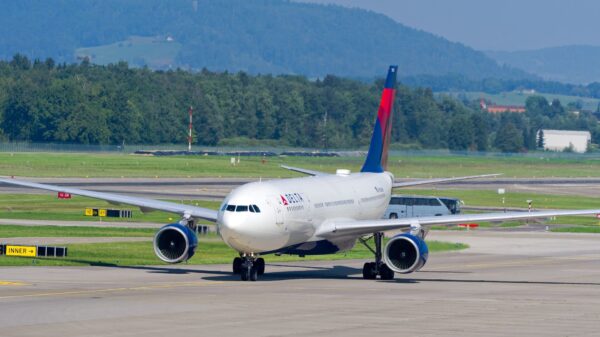The United States remains a global leader in fighter jet production, with major manufacturers like Boeing and Lockheed Martin at the forefront. In 2025, these two companies are responsible for the production of iconic aircraft, including the F-16, F-15, F/A-18, F-22, F-35, and the upcoming F-47. Current assembly lines are producing over 300 fighter jets annually, reflecting a significant demand in a complex and competitive marketplace.
As the US military transitions towards a predominantly fifth-generation fleet, older models are undergoing retrofits to enhance their capabilities. The F/A-18 Super Hornet will reach its production end in 2027, while the F-15EX Eagle II and F-35 continue to dominate the market. The F-35, in particular, is experiencing a surge in demand, with numerous orders from the US Air Force, US Navy, and allies including NATO nations and Japan.
Production Numbers and Future Prospects
The production rates for leading fighter jets are impressive, with Lockheed Martin delivering between 20 to 23 F-35s and 3.5 to 4 F-16s each month. Boeing contributes 1.5 to 2 F/A-18E/F Super Hornets and the same number of F-15EX Eagle IIs. This translates to a total of approximately 318 to 372 jets annually, showcasing the robust capabilities of US aerospace manufacturers.
The F-35, known as the Joint Strike Fighter (JSF), is a key player in this production landscape. It boasts three variants, enhancing its utility and appeal. The aircraft’s attributes—including stealth, high performance, and advanced sensor technologies—make it a transformative asset for the US military and its allies. Lockheed Martin has already delivered over 1,200 units, with a record monthly output of 23 jets in April 2025. Despite past challenges, including integration issues with the Technology Refresh 3 (TR-3) package, production remains on track, with approximately 18% of this year’s deliveries coming from previously completed units.
Global and Domestic Demand for Fighter Jets
The F-16 Fighting Falcon also remains in high demand, with ongoing orders from countries such as Bahrain, Bulgaria, and Taiwan. Lockheed Martin reports having a backlog of 117 Block 70 planes, with plans to ramp up production from five jets in 2023 to between 23 and 26 by 2025. This growth is supported by new manufacturing and upgrade contracts worth approximately $25 billion.
Meanwhile, the F-15EX Eagle II is set for increased production, with a target of delivering two aircraft per month by the end of 2026. Boeing’s recent factory upgrades and productivity initiatives are stabilizing the assembly line, allowing for enhanced output. The US Pentagon views the F-15EX as crucial for maintaining combat readiness against near-peer threats, underlining its performance and armament capabilities.
Despite the impending phase-out of the F/A-18 Super Hornet, Boeing has secured a recent contract worth $1.3 billion for 17 additional aircraft, extending production until 2027. As Boeing transitions its workforce to newer programs like the F-15EX, it remains committed to upgrading existing Super Hornets to the Block 3 standard.
The future of US fighter jet production looks promising, with the upcoming F-47 Next Generation Air Dominance fighter already receiving full commitment from the Pentagon as it aims to enhance US aerial capabilities. Although plans for a next-generation carrier-based fighter have been shelved, the F-47 is anticipated to play a pivotal role in the future of air combat.
With a robust industrial base, including over 13,000 aircraft in service, the United States continues to lead in global air power, leveraging advanced technologies and fostering international partnerships. The ongoing evolution of fighter jet production signifies not only technological advancement but also the commitment to maintaining air superiority for years to come.





































































